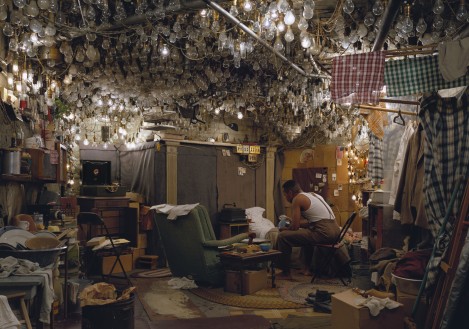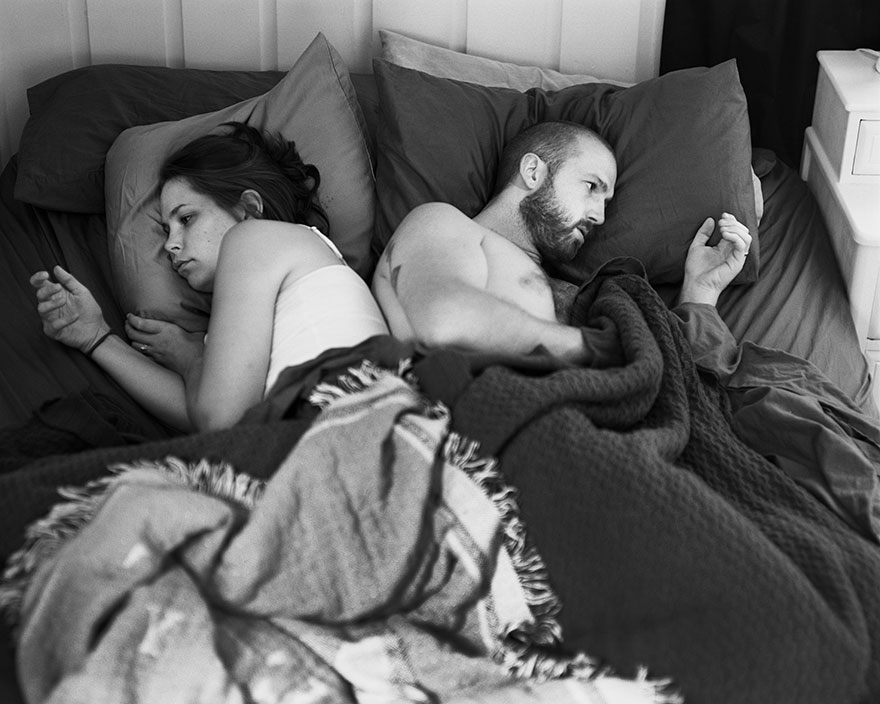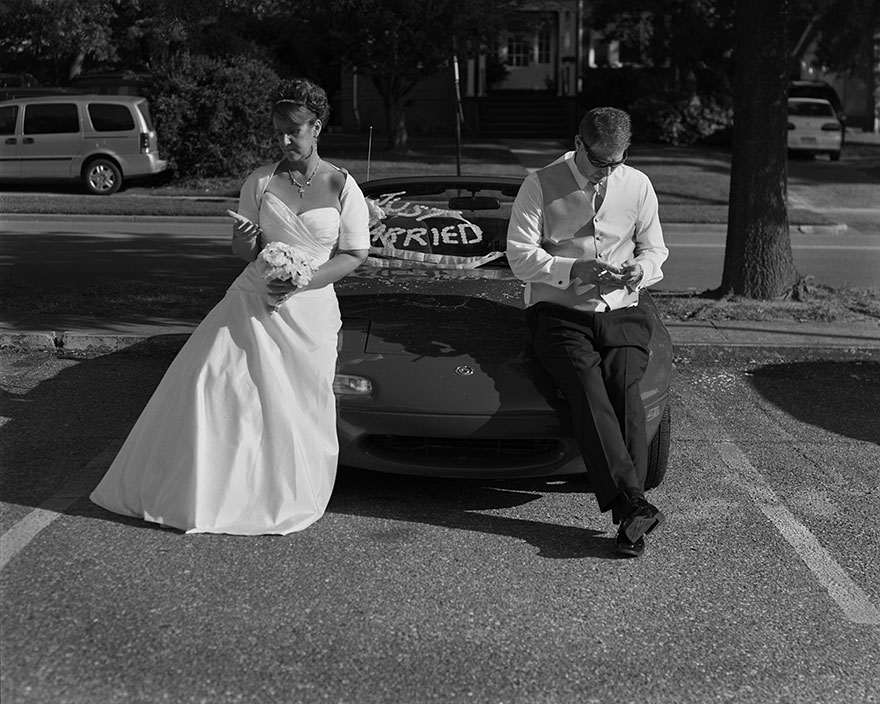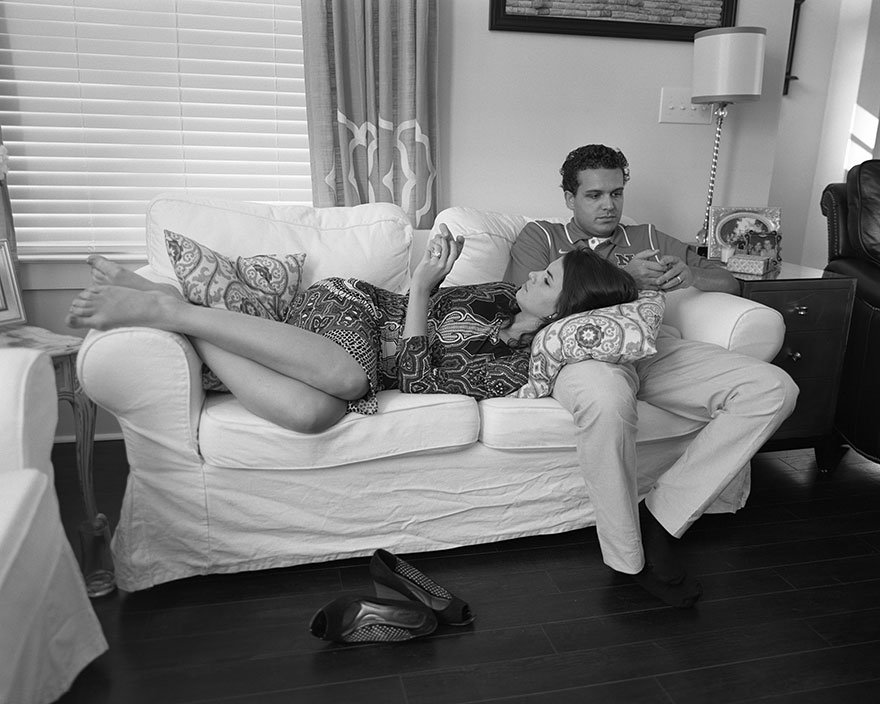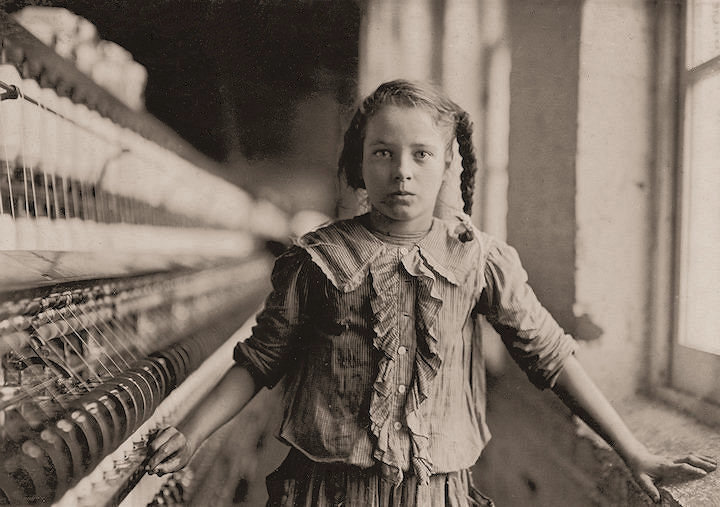Documentary photography is the process of Visual storytelling. Although documentary photography is a recent process, telling a story with the use of pictures has been around for years. There are many examples of this including stain glass windows in churches, tapestries, illustrated manuscripts and biblical stories. When documentary photography came about, it grew a new social process. People began using it as a creative form of educating people about life itself. They aimed to show the everyday lives of ordinary people in an informal way. Many photographers used documentary photography as a way of bringing about social change by drawing the attention of an audience towards the subject of their work.
Documentary photography has been described as many things including a genre, an art and a tradition. The term ‘Documentary’ was first used by the English philosopher Jeremy Bentham in the early 19th century. However, within the area of visual culture, it was the British film maker John Grierson who first used it to describe a film in 1926.

Lewis Wickes Hine was an American sociologist and Photographer. He used his work as a way of making social reform. His photographers made a massive difference in the changing of child labor laws in the Unites States.

Hermann Wilhelm Brandt, a German-British photographer born 2nd May 1904, was one of the first Documentary Photographers, known as a photojournalist. He was considered to be one of the most important British Photographers in the 20th century.
Within the area of Documentary Photography, there are many different styles and approaches. There’s a variety of genres and disciplines that contain Documentary Photography, including photojournalism, reportage and street photography. Images that come under the term Documentary Photography are used in a diverse area, from mass media, fine-art and science. However, I believe Documentary Photography is used to investigate particular social morals.
Although Documentary Photography has progressed throughout time, its power to convey particular information has not changed. However, images have become more open to interpretation. Documentary photography has become more of a form of art rather then a way of learning. This is mainly because of the changing environment, and landscape that’s surrounding us. There is a growing fascination with celebrities and modern lifestyles, and people have interested in this from of life. They want to capture the life of these people. Contemporary Documentary usually becomes a series of photographs which convey’s a particular narrative. Contemporary photographers reference their own history within their images. Some photographers include references to art history, cinema and literature.
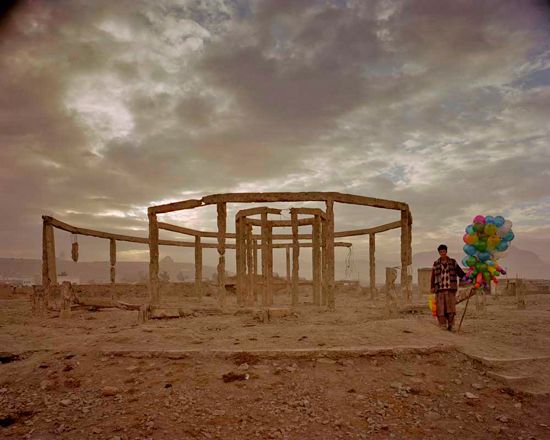
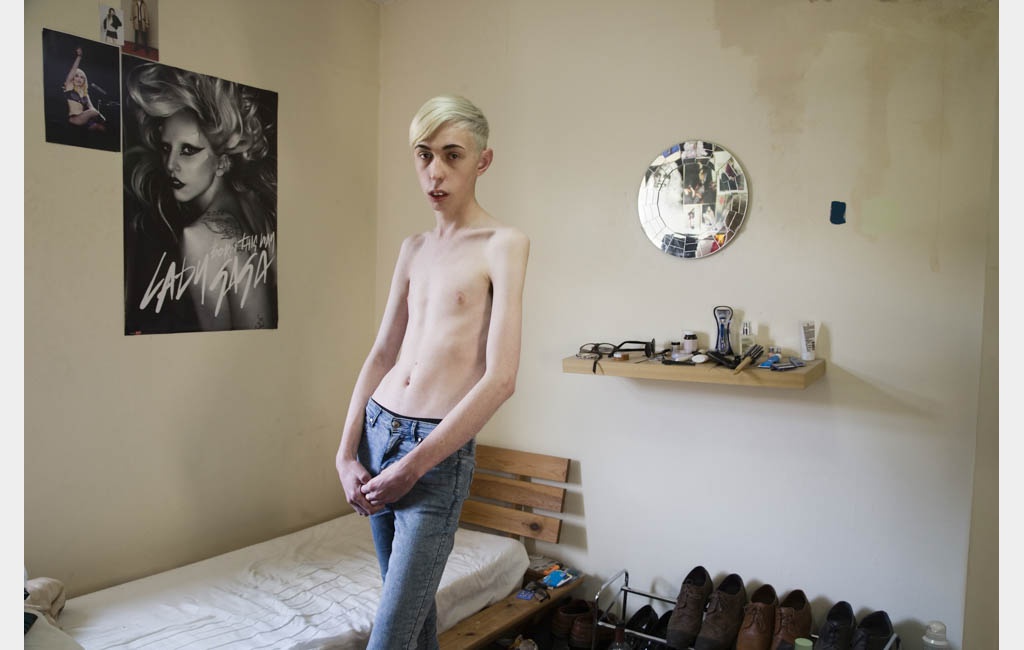
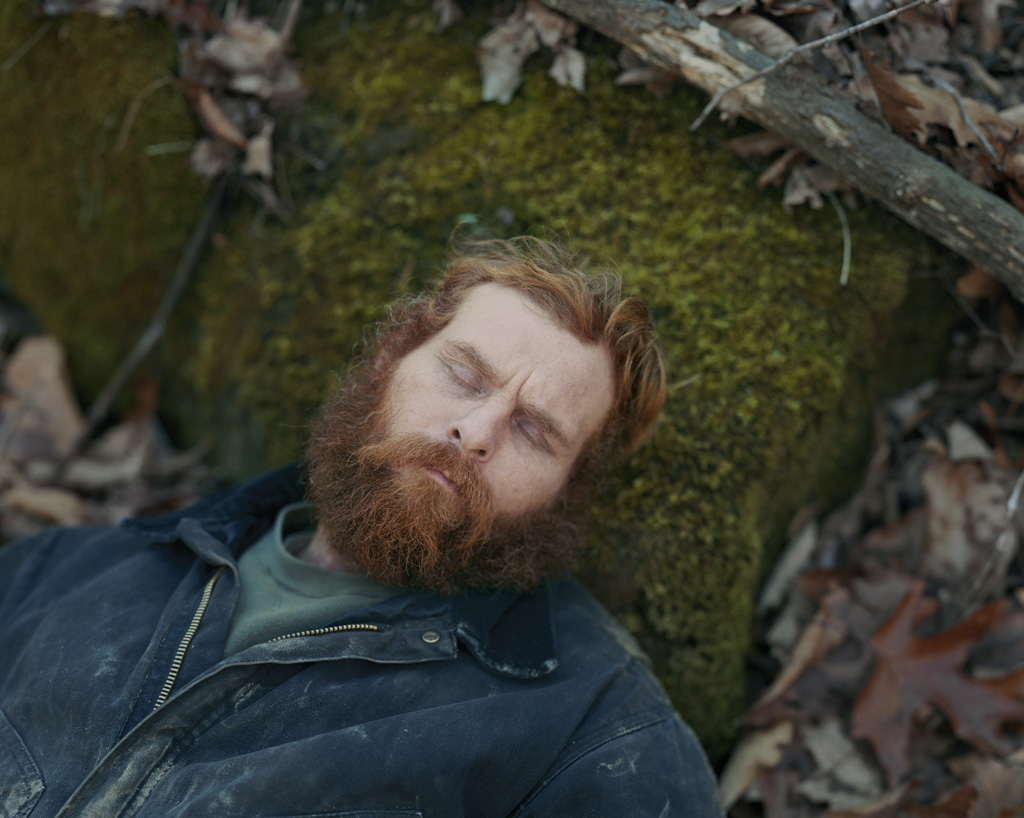
The images above are examples of Contemporary Documentary. Modern documentary photographers look at many different angles within this concept. They like to be individuals and have their own unique style for their work. Some contemporary photographers focus on the individuals within the photo. Some even create fictional characters to focus on. Other photographers focus more on the landscape within the image.
Tableaux Photography is when a Narrative is portrayed through the use of a single image, compared to a selection of images, similar to Documentary Photography. The term Tableaux is also known as “staged” or “constructed” photography. Tableaux images also make references to fables, fairy tales, myths and sometimes unreal events. The term Tableaux itself, comes from the form tableaux vivant, which in French means “Living Picture” The term mainly refers to a group of people, poised on a stage wearing dramatic clothing in a theatrically lit atmosphere. The image below is an example of one of the earliest Tableaux photographs take in Paris by a Photographer called Folies Bergères. It was taken in 1920 during the Victorian and Edwardian era. In this period, Tableaux Photography was a from of popular entertainment

Ever since the beginning of Photography, artists have directed models to pose in a particular way in front of the camera. Through the use of props, costumes and lighting, they have created fictitious image. Some of photographers were associated with Pictorialism. Pictorialism is the name given to an international style and aesthetic movement that dominated photography during the later 19th and early 20th centuries. Here are some more recent examples of Tableaux images.
